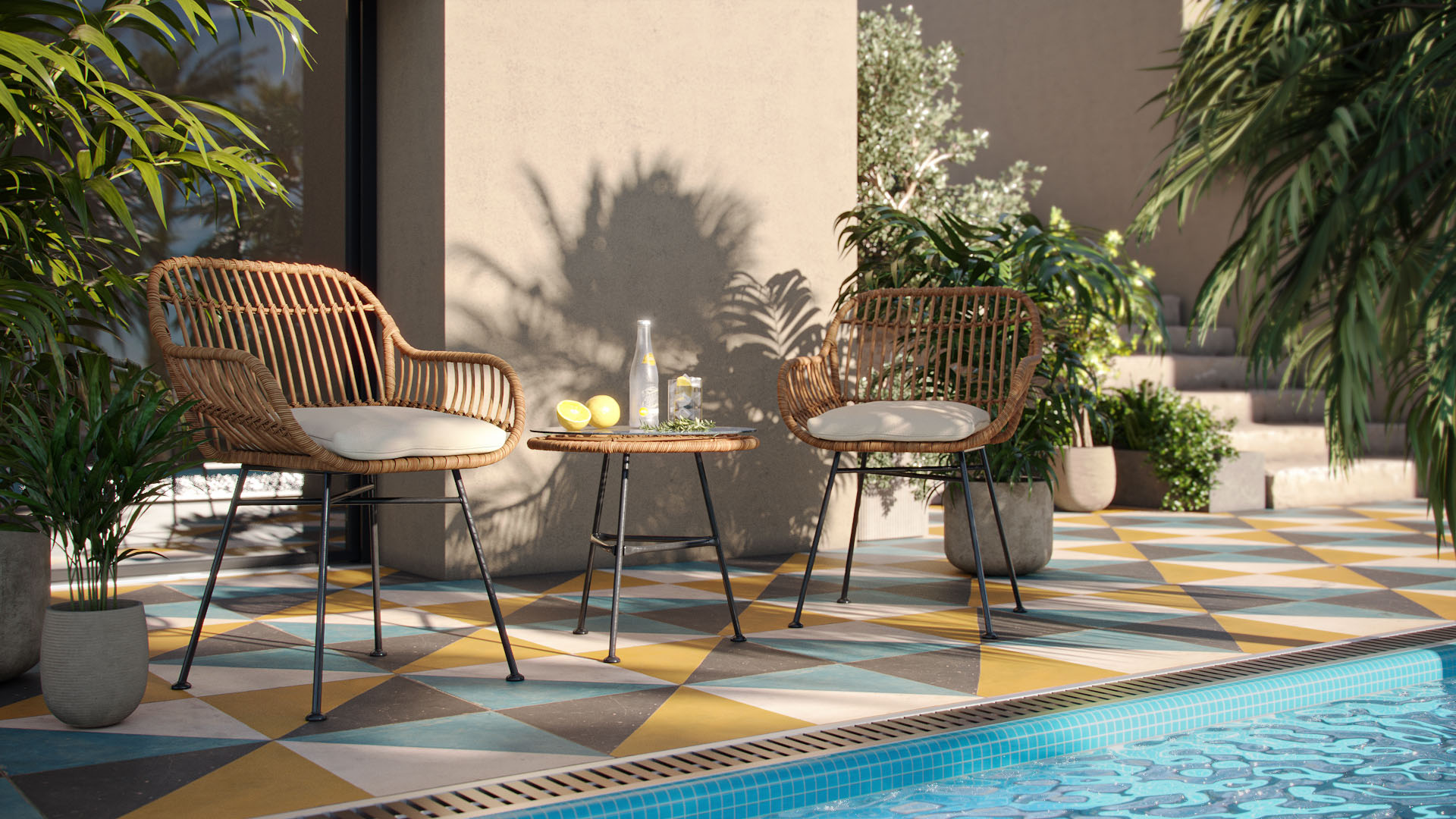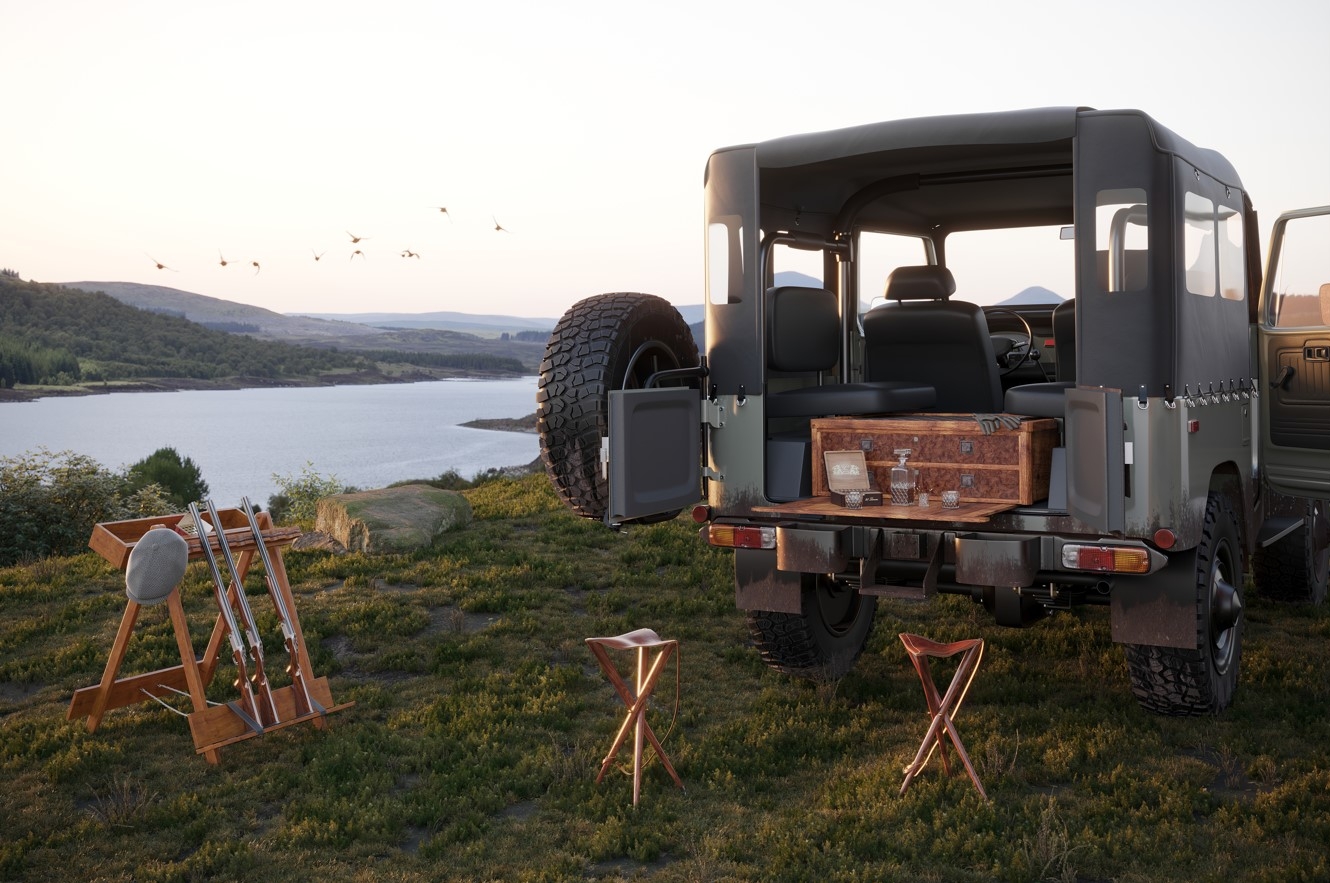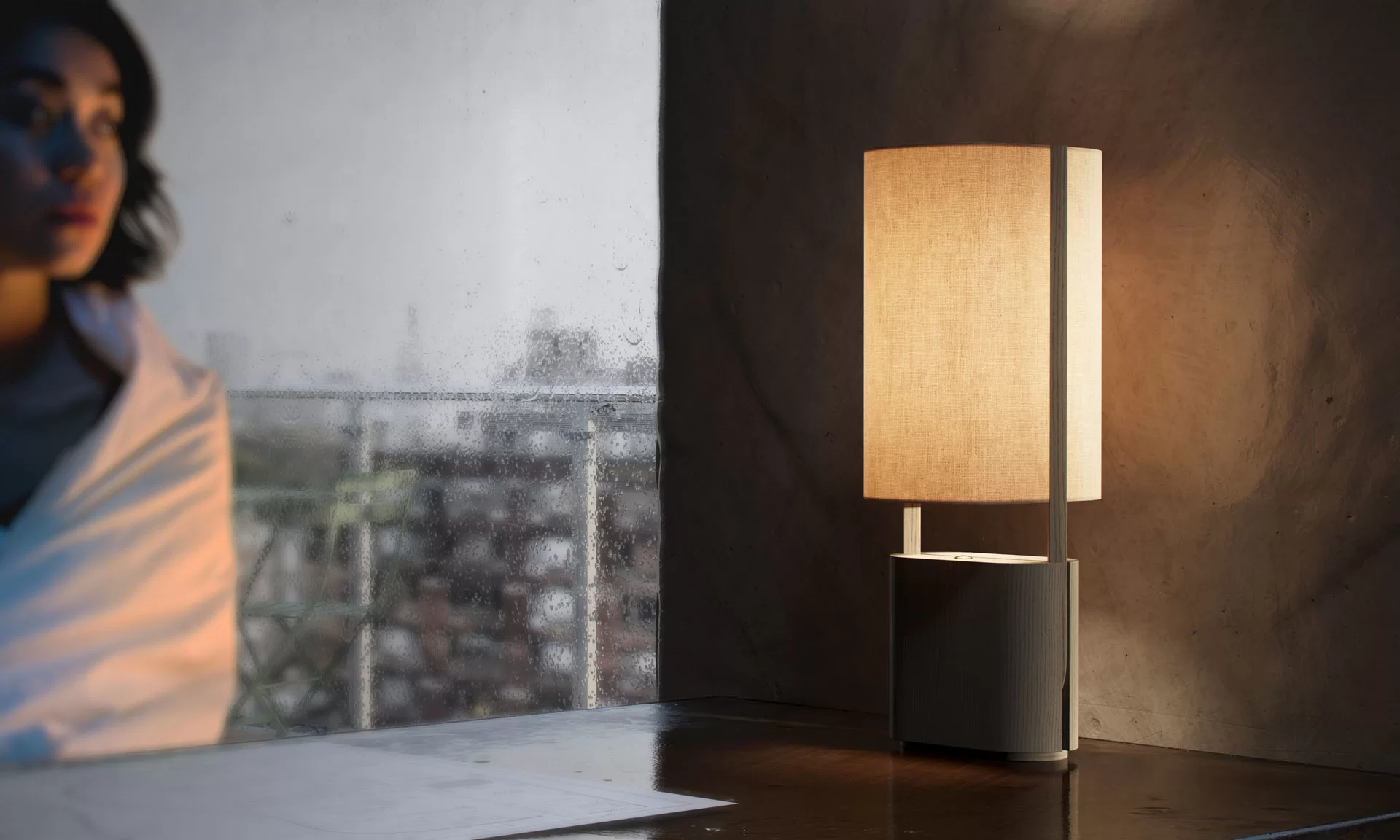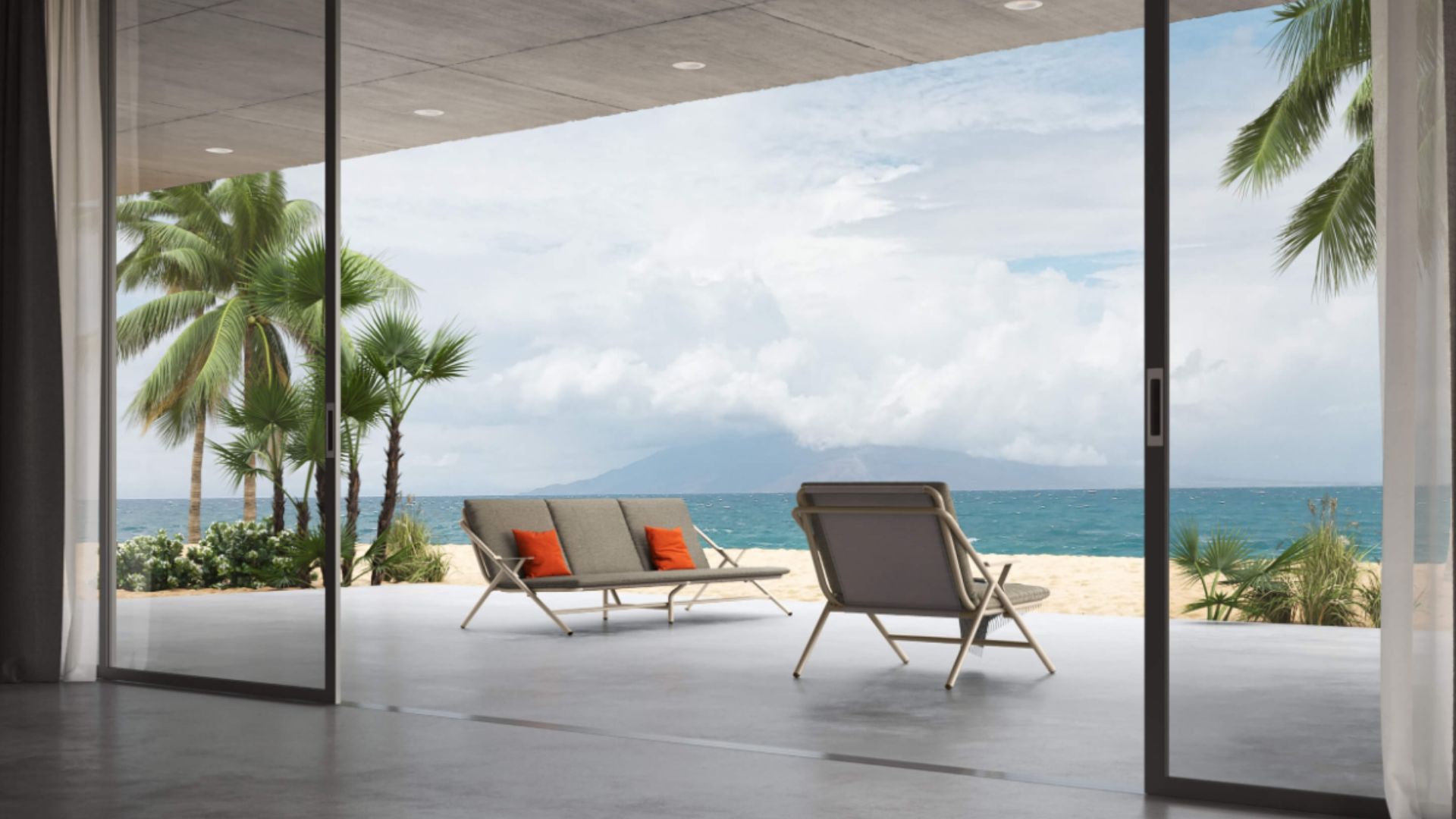To stay relevant and competitive, companies need to find new ways to differentiate their products and communicate with customers. The furniture industry is constantly evolving and changing. Product visualization has quickly established itself as one of the most profitable and effective digital marketing tools available to retailers and marketers today. Many sellers, however, fail to utilize this powerful variety of CG visuals. It’s time to change that!
What is product visualization? While it is often thought of as a way to “bring products to life,” it actually goes far beyond that. It’s a powerful and versatile set of instruments that can help boost sales, increase profit margins, improve customer service and user experience, grow brand awareness, and much more. After all, using the right tools and strategies can significantly impact your business.
In this article, our 3D rendering company will explain what product visualization means, and how it works. We will share the different ways furniture companies utilize product visualization types and explain why it is so game-changing. Lastly, we explain why investing in this type of technology will save you time and money in the long run. We also give you an overview of different 3D product visualization types you can use in your marketing campaigns.
#1. What is Product Visualization?

Product visualization is a type of technology that allows businesses to create virtual models of products on different backgrounds using 3D modeling software. The goal is to create more detailed mockups that accurately reflect the final product. With it, furniture manufacturers and retailers can avoid costly mistakes in production and increase customer satisfaction. These days, most furniture companies rely on 3D technology for prototyping goals.
Product visualization is the most essential part of any product development process. The main reason is that it provides a better way to understand the design and function of a product. This allows designers, engineers, and other stakeholders to collaborate more effectively while reducing costs and improving time-to-market.
CG visualization is also a great way for companies to communicate their products to customers. As the furniture industry evolves, companies are looking for ways to differentiate their products. CGI is one of the best ways to do this because it allows you to show customers what they’re buying before they make a purchase. This helps reduce returns and increase customer satisfaction.
What is product visualization as a marketing technique? It’s showcasing a product in its best possible light so that potential customers can see the quality and craftsmanship. A product’s visualization is not just about the visual aspect of a product but also its functionality and quality. The purpose of this type of visual marketing is to create an image in customers’ minds.
Traditional techniques involved taking photos of prototypes or finished products. But today’s consumers are more accustomed to interacting with technology than ever before — and they expect retailers and brands to have an immersive experience when shopping online.
#2. How Does Product Visualization Work

Product visualization is the art of exploiting computer-generated images to create a digital representation of a physical object. This can be done through CAD (Computer-Aided Design), 3D rendering, and modeling technologies. In simple words, product visualization is a process of creating a photorealistic, real-time representation of products.
Product visualization is a great tool for furniture businesses because it allows them to showсase furniture in various:
Environment: Product visualization allows to showcase of a product in a variety of locations. For example, the same client might prefer modern sleek lines for their office space but then want rustic charm for their cottage upstate. By showing how a piece of furniture can fit into different lifestyles and settings, you help clients imagine what their new pieces will look like in their own homes. For furniture businesses that sell larger, more expensive items—sofas and dining room sets, for example—this can be especially noteworthy.
Configuration: Product visualization also allows you to show furniture in different configurations. You can show how a dining room set looks with 6 or 8 chairs, or how a sofa looks with an ottoman versus just side tables. This is especially important if your products are customizable—it lets customers see exactly what they’re getting by choosing certain options over others.
Features: Product visualization also allows you to show off the features of your furniture. You can use it to highlight how an armchair is made with a cutaway view. You can also use product CGI to show how many layers of foam are used in a mattress or how the fabric is made, etc.
Lighting scenarios: Product visualization is a great way to show how your furniture looks in different lighting scenarios. This can be especially important if your products are made with natural materials that look different depending on the light source.
Sets: A set is a collection of products that belong together. It could be an outdoor furniture set, a bedroom set, or even just a collection of books and magazines. Sets are great for cross-selling and upselling your products. You can use sets to show customers how many different ways they can decorate their home or office using only your furniture.
#3. Types of Product Visualizations

The term product visualization encompasses more than just taking photos or videos of products. Furniture product visualization options are numerous. Product visualization techniques are becoming more advanced, and it’s important to know what each technique is capable of. Some companies use multiple approaches to create their 3D product visuals.
Product 3D modeling
It is the process of creating a computer model of a real-world object. Once the model is created, it is possible to add textures to it and render it for an accurate representation of what your customers will see when they purchase your products. There are many different types of 3D modeling techniques that can be used for this purpose.
Silo 3D Images
Silo images or renders are one of the most common results of 3D product visualizations. This process requires rendering 3D models on a white background with proper lighting. This approach is ideal for creating high-quality silo product images without organizing photo shoots
Lifestyle 3D Rendering
Lifestyle 3D rendering is a type of photorealistic rendering that focuses on the lifestyle and environment around the product. This approach is ideal for creating images that are not only visually accurate but also appealing to consumers. It can be used to show how a product would fit into someone’s everyday life, including its use in various settings and situations.
Product 360° Visualization
What is a CG product visualization tool called a “360-degree view”? You can let customers see the furniture from any angle by moving around with their mouse or finger on a touch screen. This is an effective way to show off a product, as it gives customers the freedom to explore and discover every aspect of it.
Animated Product Visualizations
Animated product visualizations include CG videos. They are more engaging, easier to understand, and more likely to stick in a potential customer’s memory. Product 3D animations are also more fun to watch if they include sound effects or music.
Animated 3D videos can show how a piece of furniture works or demonstrate the functionality of a specific feature. This is especially useful for complex products that have many moving parts or require assembly before use.
Augmented Reality (AR)
AR is an emerging trend and another great way to showcase a product. AR apps allow users to see how the product works by placing it into their environment using their smartphone camera. It also helps customers to see how a certain product will fit their house.
Product 3D Configurators
A furniture configurator is an app or software tool that allows customers to customize products before they’re purchased. Users can modify product design themselves: change the size or shape of a product and its color and material. Such interactivity of a 3D configurator boosts conversions by up to 340%!
#4. Benefits of Product Visualization for Furniture Business

Product visualization is an increasingly popular way for furniture companies to enhance their brands and marketing drives. The use of product visualizations can provide a company with several advantages, including:
Better customer experience: When customers have a better understanding of what they’re buying, they’ll have a better experience with your brand.
Powerful marketing campaigns: Product visuals help you reach more people and make them want to buy your products.
Boosted conversion rates: Using product images can help you convert more customers by giving them a better sense of what they’re buying.
Improved brand recognition and recall: Product visualizations create an opportunity for customers to remember your products, which increases the chance that they’ll buy from you again.
Increased buyer confidence and trust: Including product images in your listings will help build a stronger connection between you and your customers. This can lead to increased sales, as well as repeat purchases.
Improved search engine optimization (SEO): Including product images in your online listings will make them more visible to search engines and improve how high up they rank when someone searches for the products you sell.
#5. Reasons to Invest in 3D Visualization for a Furniture Business

We’ve figured out the answer to the first question — what is product visualization — but why should you invest in it for a furniture business? There are a few reasons that we think are worth mentioning.
- 3D visualization helps businesses reduce costs and improve efficiency. Manufacturing, supply, and distribution companies can easily create new products and manage existing ones with the help of this technology. With 3D modeling services for product visualization, they can test ideas and see what changes need to be made before any physical prototypes are created.
- By including 3D visuals in marketing materials, brands build a stronger connection with customers and boost their confidence that they’re getting exactly what they pay for — which means less chance of returns or complaints.
- 3D visualization enables marketers to experiment with different marketing strategies — and see what works best. It is a useful way to better understand which content, messaging, and pricing models resonate with users.
- 3D visuals can help create a more dynamic, entertaining, and memorable content and user experience. They will make it easier for customers to view and navigate through the products they’re interested in.
- High-quality 3D visuals will make product pages more visible to search engines and improve how high they rank.
It doesn’t matter if you’re a furniture or any other business owner, 3D product visualization can help you reach a wider audience and improve your brand image. This is because it’s eye-catching and uses more than one sense to engage people with the content. It’s also appealing because it’s innovative and fascinating to look at. Product visualization makes consumers more inclined to buy from you than from another company that doesn’t use 3D product visualization in their marketing strategies.
If you have any questions about product rendering services or would like to book a demo on how you can benefit your business with it, contact us today!


Leave a Reply
Want to join the discussion?Feel free to contribute!